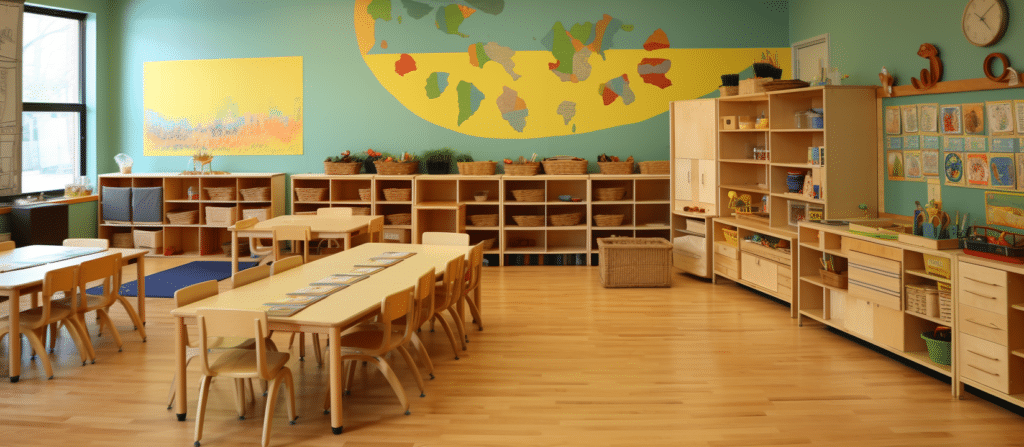Have you ever stood in a classroom and pondered how to find the best arrangement for desks, chairs and other essentials? The layout of classroom furniture plays a key role in shaping the learning environment. Let’s explore the art and science of organizing your classroom furniture to create a space conducive to student engagement, collaboration, and productive learning.
Why Does Classroom Furniture Organization Matter?
Before we delve into how to organize classroom furniture, let’s understand its importance. Proper classroom layout not only enhances student engagement and improves classroom management, it also creates a positive learning atmosphere. Thoughtful furniture placement promotes collaboration and communication among students while minimizing distractions and creating a well-organized environment. Ultimately, proper classroom furniture layout sets the stage for a successful learning experience.
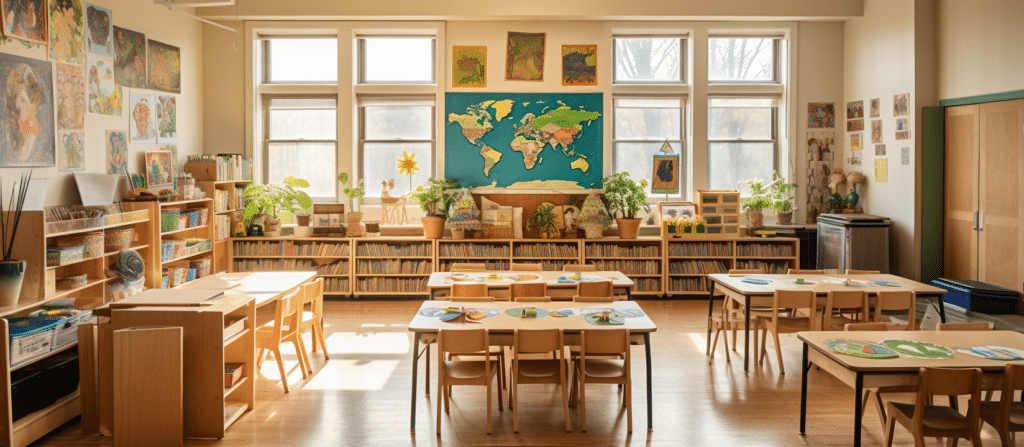
Next, we will explore some practical classroom furniture organization tips and strategies.
1.Consider the type of learning activity
When organizing classroom furniture, consider what types of learning activities will take place. Different learning activities require different settings. For example, if group discussions are frequently conducted, then arranging tables in circles or clusters can promote interaction and collaboration among students. Conversely, if individual work is frequent, rows or horseshoes of tables will provide a centralized work area for students.
2. Divide Functional Areas
Dividing the classroom into functional areas optimizes the use of space and provides dedicated areas for specific activities. Reading areas, writing stations, technology areas and group work areas can be considered. By clearly distinguishing these areas through furniture placement, carpeting, partitions or shelves, students will know where to work on specific tasks, resulting in more fluid transitions between activities.
3. Focus on accessibility and safety
Accessibility and safety are critical when organizing classroom furniture. Ensure that all students have easy access to instructional materials and furniture and avoid physical barriers. Especially in high-traffic areas, reserve adequate space for movement. Pay attention to the placement of chairs, tables and storage units to avoid potential safety hazards. Inspect furniture regularly to ensure that a safe teaching and learning environment is maintained.
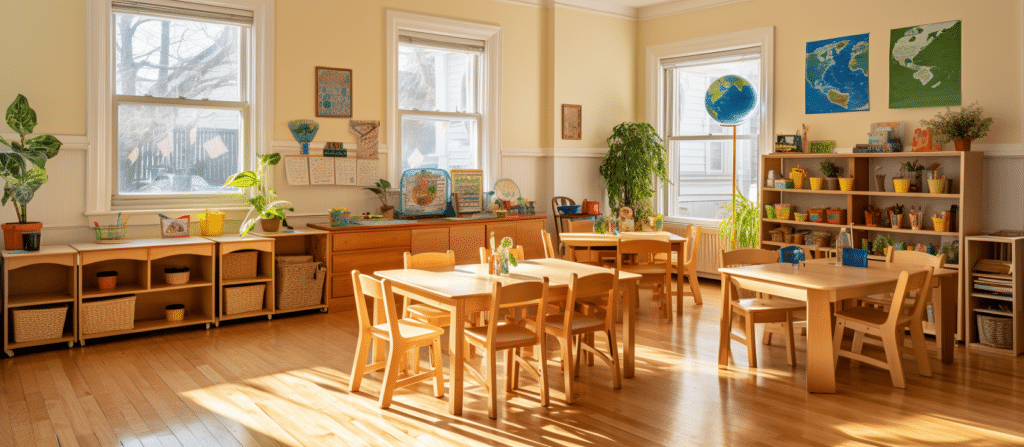
4. Choose Flexible Furniture
Flexibility is key when it comes to choosing classroom furniture. Consider adjustable tables, movable chairs and modular storage units that can be easily adapted to different learning activities. Flexible furniture not only adapts quickly to change, but also creates a dynamic learning environment that meets the needs of diverse students and supports personalized learning experiences.
5. Optimize Classroom Flow
Effective classroom flow is essential for an organized classroom. Arrange furniture appropriately to facilitate student movement and minimize crowding. Avoid blocking doorways or creating narrow passageways, which can interfere with student mobility. Consider the natural flow of the classroom and arrange furniture accordingly. Clear passageways and open spaces help students move smoothly through the classroom and enhance a sense of order.
6. Incorporate Storage Solutions
A tidy classroom improves concentration and productivity. Effective storage solutions can help maintain a tidy classroom. Use shelves, cubbyholes, bins and carts to store supplies, books and student materials. Clearly label storage areas to make it easier for students to access items independently. Teach students to store and organize items properly and develop a sense of responsibility for maintaining an orderly space.
7. Personalized Classroom Space
Creating a welcoming and comfortable learning environment increases student engagement and motivation. Consider adding personal elements to classroom decorations and furniture arrangements. Display student artwork, inspirational posters, and educational materials that reflect student interests and culture. Involve students in classroom design decisions so that they contribute to the layout. Such personalized arrangements foster a sense of belonging and pride in students, making them feel valued and comfortable in the classroom.
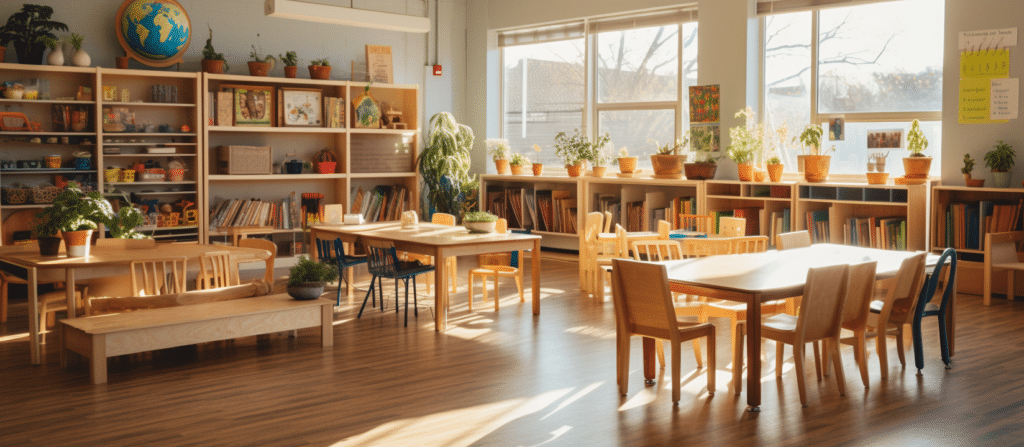
Teacher’s work area
Don’t forget to make room for teachers’ work areas. A dedicated area for teachers to plan lessons, grade assignments, and store instructional materials is crucial. Consider including a desk and storage options for easy access to necessary resources.
Incorporate Visuals and Inspiration
A visually appealing classroom can enhance the learning experience. Use bulletin boards, posters, and educational displays to showcase student work, important information, and inspirational quotes. These visual elements can create a positive and motivating environment that fosters creativity and engagement.
Regular Evaluation and Adaptation
Lastly, it’s crucial to regularly evaluate and adapt your classroom furniture arrangement. Pay attention to student feedback, observe how they interact with the space, and make adjustments as needed. Flexibility and continuous improvement are key to creating an optimal learning environment.
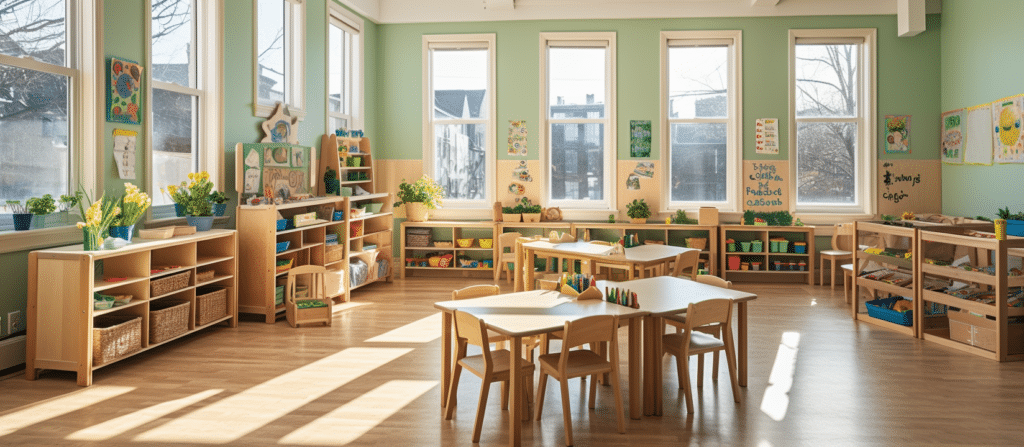
Conclusion
Organizing classroom furniture is an art that combines functionality, creativity, and student-centeredness. By considering the learning activities, creating functional zones, prioritizing accessibility and safety, utilizing flexible furniture, optimizing classroom flow, incorporating storage solutions, and personalizing the space, you can create a well-organized and welcoming learning environment that promotes student engagement and success. Remember, a thoughtfully arranged classroom is like a well-orchestrated symphony, where each element plays a vital role in creating a harmonious learning experience for all.

